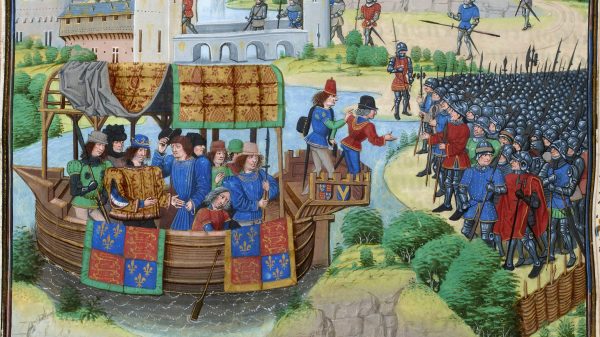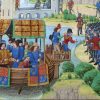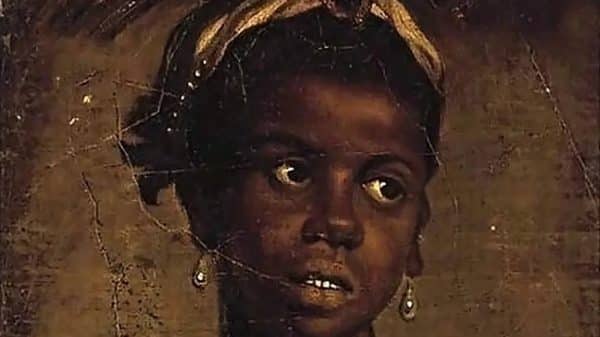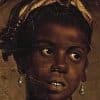Disclaimer: The history of the Mongol Empire is as vast as the empire once was. Sadly its truth has been relegated to the “great men, great deeds,” or shall I say “evil men, evil deeds,” section of our education system. Genghis Khan was a barbarian, and that was that. Unfortunately outside of scholarly circles, it seems like that is where he will stay. Even when scholars like Dr. Jack Weatherford try to bring Genghis Khan into full view, he is met with contention because Genghis Khan has found himself associated with the likes of Hitler and Stalin. Just go on YouTube and look up Jack Weatherford’s presentation on the man. Have a look at the comments… Better yet, maybe don’t… Instead, go read The Secret History of the Mongol Queens. You’ll thank me later. But since this is about the dark side of history, here is some dark Mongolian history.
Blood is a big deal in Mongolian history. Blood is a big deal in history period. Whether reading about the now questionable charges leveled against Erzebet Bathory or the Nile running red with blood during the biblical plagues of Egypt, blood has elicited terror throughout human existence. The same can surprisingly be said about the Mongols. According to Mongol traditions, the spilling of blood onto the ground when killing or being killed would cause the victim to not exist in their version of an afterlife. The person who died would not be allowed to become an ancestor. They would in essence become nothing. If royal blood was spilled, the belief was that it would precede terrible natural disasters.
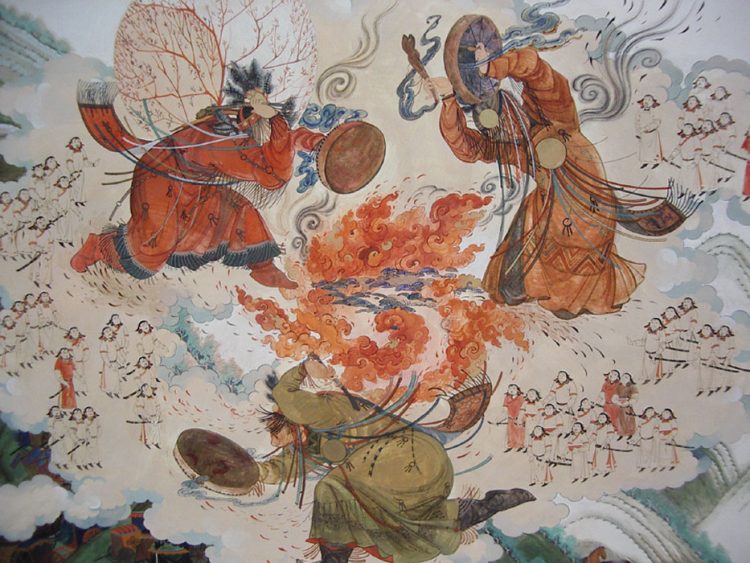
Because of this belief, as the Mongols expanded their territory, they found inventive and awful ways of killing rulers who opposed them or even the occasional person who was seen as destructive to the royal family. One of the ways employed by the Mongols was used by Genghis Khan’s grandson Hulegu, who while sacking Baghdad, rolled the caliph Al-Musta’sim in a carpet and then had his men trample him to death with horses. Now, contemporary historians of the time do have differing accounts. Historian Ata-Malik Juvayni claims he was rolled and beaten to death with fists, rather than with horses. Blood must not have spilled because Hulegu was able to somewhat successfully rule over the Il-Khanate (Mongol Middle East) until his death in 1283.
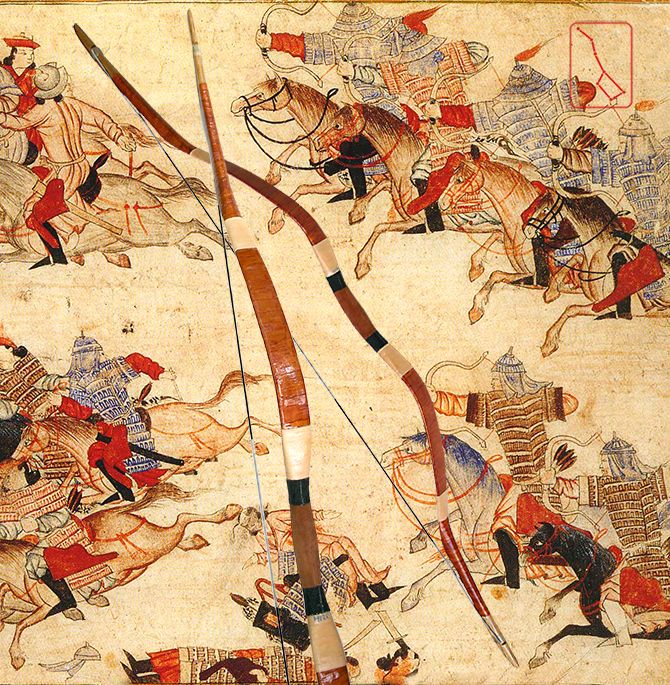
Another way the Mongols dispatched of an enemy was far more gruesome. Toregene Khatun was the widow of Genghis Khan’s successor Ogedei Khan. She assumed power after the death of her husband, and elevated her slave, a woman named Fatima to position in the Mongol government. Toregene would rule with her confidante at her side, much to the annoyance of her sons, who felt they should have been elevated above a slave woman. It would be her own son Guyuk that would inevitably remove her from power. Some assume he assassinated her due to a line in the Tabaqat-i-Nasiri by Abu-Umar-I-Usman who wrote that the Khatun was sent “to join Ogodei.” Fatima’s ordeal was public and far worse. After days of interrogation, beatings and burnings to prove she had bewitched Toregene (not the Christian view of “bewitching”, the Mongols were Shamanistic, so this was not the same kind of witch trial found in Europe), Fatima’s orifices were sewn up and wrapped with felt to ensure no blood touched the earth, and she was then thrown into a river while still alive. The hope was to keep her bodily fluids contained within her body as to not pollute the river.
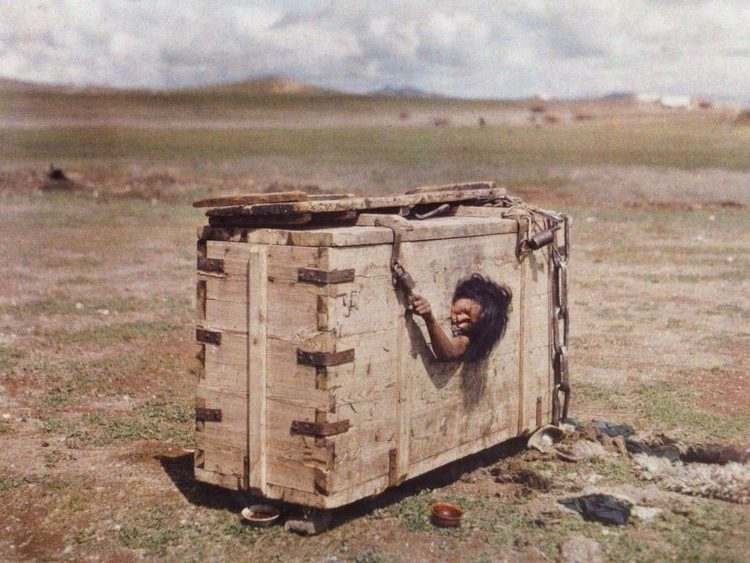
Executions of fellow Mongols followed very specific and bloodless practices as well. To a Mongol, to shed the blood of another Mongol, the offense must be so severe that they did not want this person to exist beyond death. One of the more popular bloodless executions was that of the staged wrestling match. This would provide a symbolic element of self-defense for the offender, or even some sort of spiritual intervention to decide one’s fate; but the end was always premeditated. After a few moments, the person would be lifted in the air and their back broken by being slammed down, usually on the knee of the executor or on a nearby rock. In many cases, the body would then be left where they fell as a form of open air burial, in essence giving back to the earth.
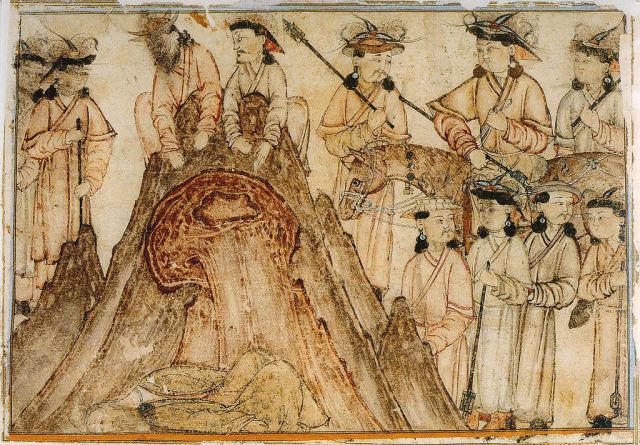
These are only a few examples of inventive bloodless executions in the totality of the history of the Mongol Empire. It isn’t hard to find more. Mongolian history tends to be forever linked to these stories. Sorry if I have added to the stereotype. The 1200’s in Europe weren’t any better, so let’s try to keep some perspective. Though you can fill your glory and gore desires by reading about Genghis Khan, you can also learn of his religious tolerance, his elevation of his daughters to positions of power at a time when that was unheard of, and his practice of adopting orphaned children in sacked cities and having them raised as Mongols, usually by his wife Borte.
If you are interested in Mongolian bloodless executions, there is a section in the The Mongols’ Middle East: Continuity and Transformation in Ilkhanid Iran, completely dedicated to the evolution of executions in the Mongol Middle East.






